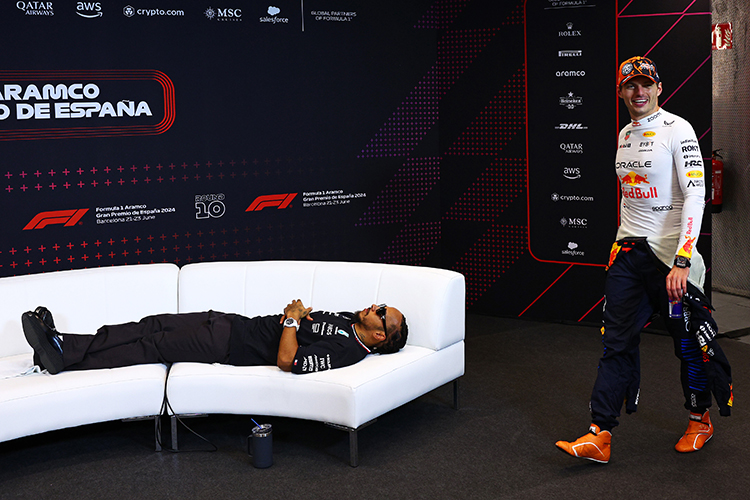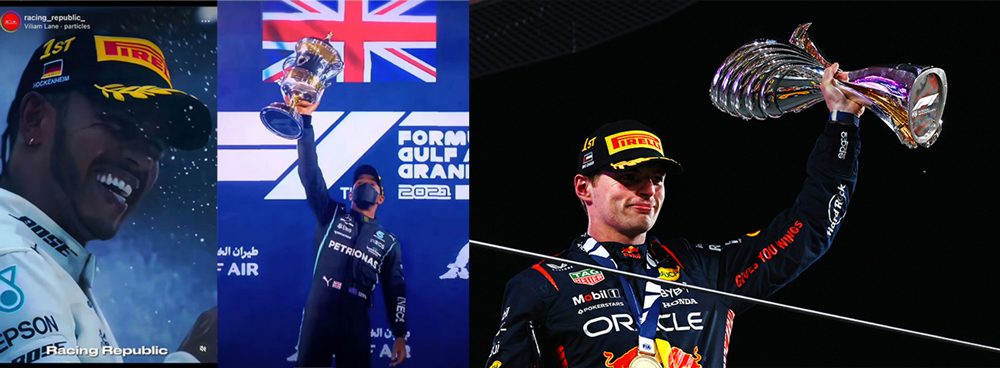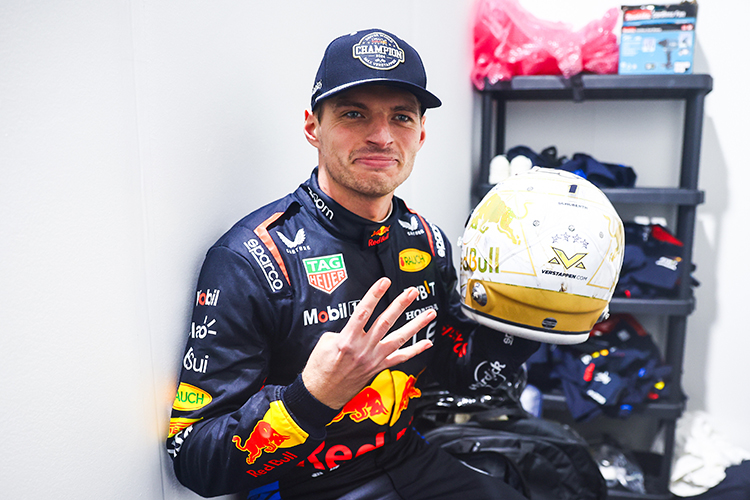Two-stop experiment fails to solve F1’s Monaco problem—procession continues
Monaco Grand Prix: Mandatory Two-Stop Strategy Fails to Solve Overtaking Challenges
MONACO — The Formula 1 community’s decision to introduce a mandatory two-stop strategy for the Monaco Grand Prix aimed to inject excitement into its most iconic, yet often criticized, race. The result? A marginally more dynamic race than previous years, but the tight confines of the historic Monte Carlo circuit once again rendered overtaking nearly impossible, laying bare the enduring limitations of the 94-year-old track.
As reigning champion Max Verstappen bluntly summarized after finishing in fourth place, "You can't race here. It doesn't matter what you do; one stop, 10 stops. Even at the end, I was in the lead, my tires were completely gone, and you still can't pass. Nowadays with an F1 car, you can [only] pass an F2 car around here. I get [the mandatory two-stop strategy], but I don't think it's worked."
Verstappen added some levity: “We were almost doing Mario Kart. We have to install bits on the car and maybe you can throw bananas around! Slippery surface!”
Strategic Intrigue Adds Drama but Falls Short
The mandatory second stop brought a layer of unpredictability to the race’s strategy, creating brief moments of intrigue. Red Bull team principal Christian Horner conceded:
"I would say it was an improvement; it was strategically more interesting, there was more jeopardy to it. Certainly better than last year where there was just a procession, but the fundamental problem is you cannot overtake here."
For race-winner Lando Norris, the added tactical complexity only raised the stakes. Though his McLaren proved to be the fastest car of the weekend, his race execution was far from a foregone conclusion. With pit stops coming on laps 19 and 50, Norris found himself nervously defending his lead, knowing that an ill-timed red flag could undo his bid for a maiden Monaco victory.
"It made it a lot more scary for me," Norris admitted. "I wish it was a one-stop, it would have been a lot more chilled… But the rules are not made for me, they're made for the fans, to provide more entertainment. I don't know if that was the case."
Tactical Manipulation in the Midfield
If overtaking was virtually nonexistent at the front, the midfield boiled over with frustration as teams deployed questionable tactics to protect their track position. The introduction of the two-stop regulation inadvertently incentivized teams to manipulate race dynamics.
The Racing Bulls employed the most audacious strategy as Liam Lawson slowed down while running in ninth, creating a buffer for teammate Isack Hadjar to pit on laps 14 and 19 and still emerge ahead of the competition. This trend set off a chain reaction: Williams followed suit, instructing Carlos Sainz to deliberately hold up Mercedes drivers George Russell and Kimi Antonelli, giving Alex Albon a clear window to pit twice without losing track position.
Russell eventually lost patience, cutting the Nouvelle Chicane to overtake Albon illegally. The stewards swiftly handed him a drive-through penalty—far harsher than the usual punishment—but Russell shrugged off the consequences.
"I didn't really care [about the penalty] because I was out of the points," Russell said. "The last 25 laps was the most fun I've had all weekend... Pretty exhilarating. If I didn’t do this, I would’ve finished maybe 15th or 16th."
Monaco’s Place in Modern F1
The manipulation of race pace begs a larger question about Monaco’s place in the modern F1 calendar. Carlos Sainz voiced concerns about how the racing has devolved into artificial tactics, even admitting that he had time mid-race “to think about what F1 could do to fix this.”
"Every year, people are going to do it more and more... Ultimately, you're driving two or three seconds off the pace. You are manipulating the race."
Suggestions on improving the race varied. Mercedes boss Toto Wolff proposed introducing a minimum lap time during races to limit deliberate slow driving, though he acknowledged that overtaking would remain difficult. Red Bull’s Horner suggested altering the track to create longer braking zones, particularly at Turn 1 or the exit of the tunnel, giving drivers at least one viable overtaking opportunity.
"Everything has to move with the times," Horner said. "I don’t think you’d need to do too much. There just needs to be one area where you can have an overtake, and everybody knows that coming here. Right now, the race is pretty much decided [in qualifying], and that’s the harsh reality."
Radical Solutions for the Future
For some, the Monaco problem may reside in its very essence. George Russell questioned whether the Grand Prix should lean into what Monaco does best: thrilling qualifying sessions.
"Do we accept that there should be no race? And it’s a qualifying race," Russell suggested. "You do one [qualifying session] on Saturday, one on Sunday. And the guy who qualifies pole gets some points. He gets a little trophy, and the one on Sunday gets some more points. That’s what we love most."
It’s a radical idea sure to rankle purists, but with so much of Monaco’s allure rooted in its glamour, tradition, and the drama of Saturday’s qualifying, the prospect might just resonate with a fanbase accustomed to the yearly spectacle of the Monte Carlo procession.
The Hard Truths of Monaco’s Limitations
For now, the sport is left with hard truths. More pit stops and inventive rules may create marginal improvements, but the narrow streets of Monaco remain resistant to the kind of wheel-to-wheel spectacle that characterizes Formula 1’s finest races. As Horner aptly observed:
"It’s iconic, but if you want overtaking, you probably need to start looking elsewhere."
Up Next



